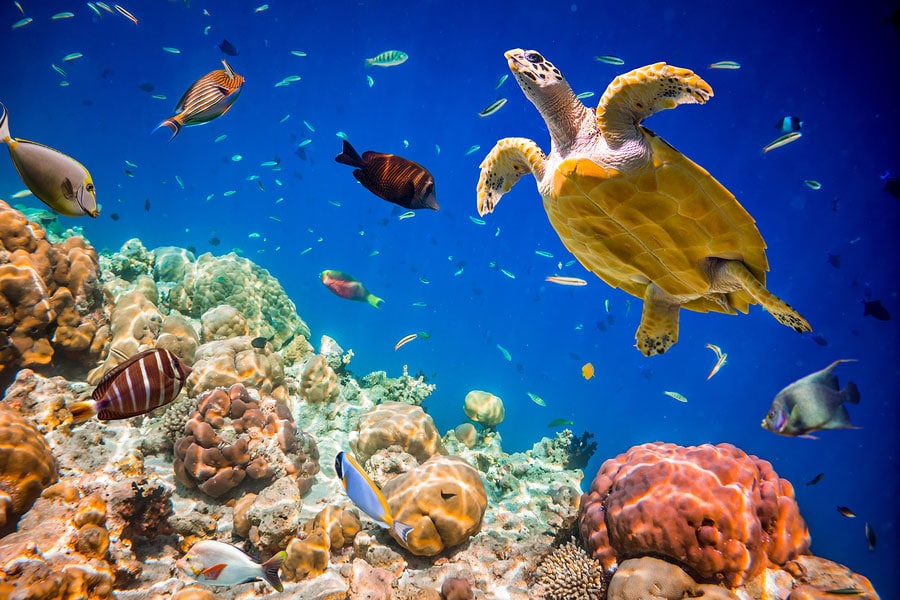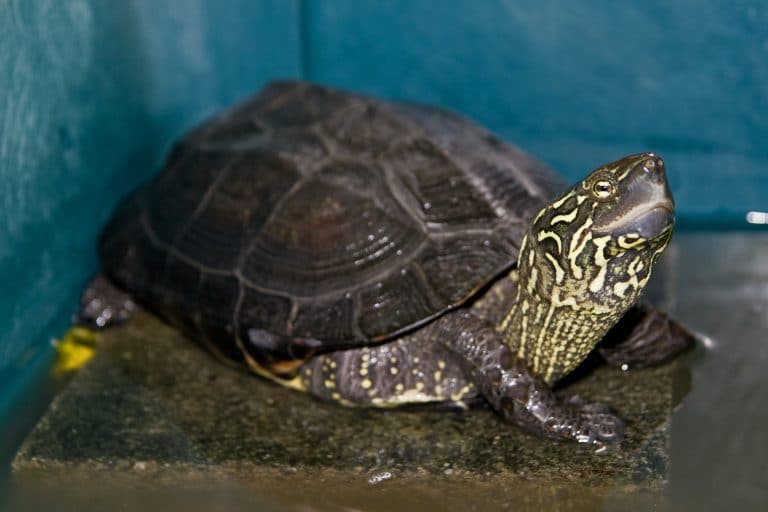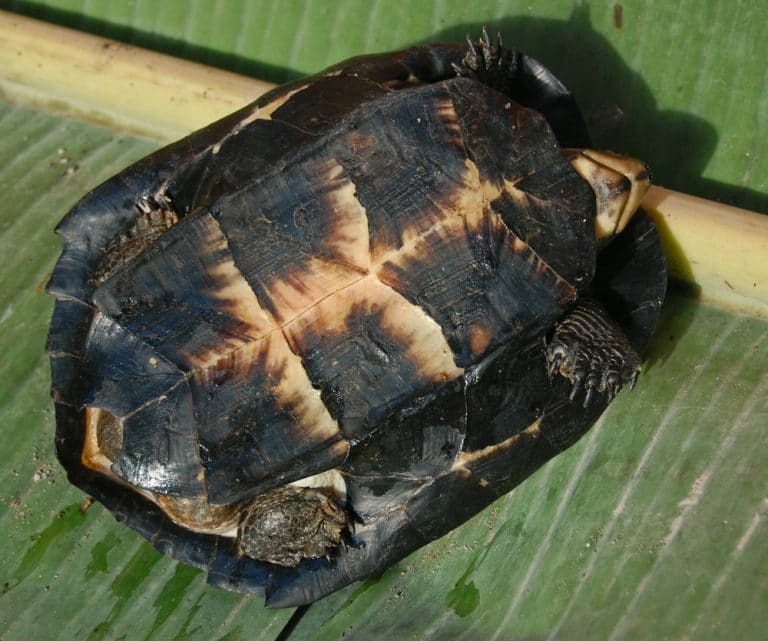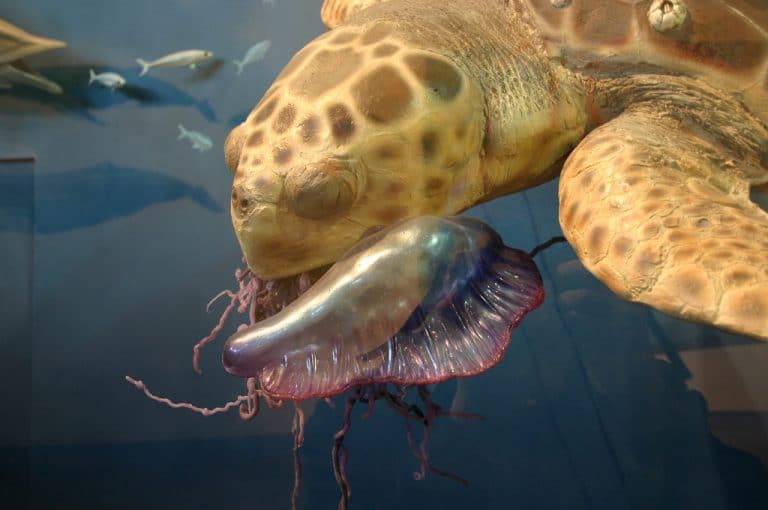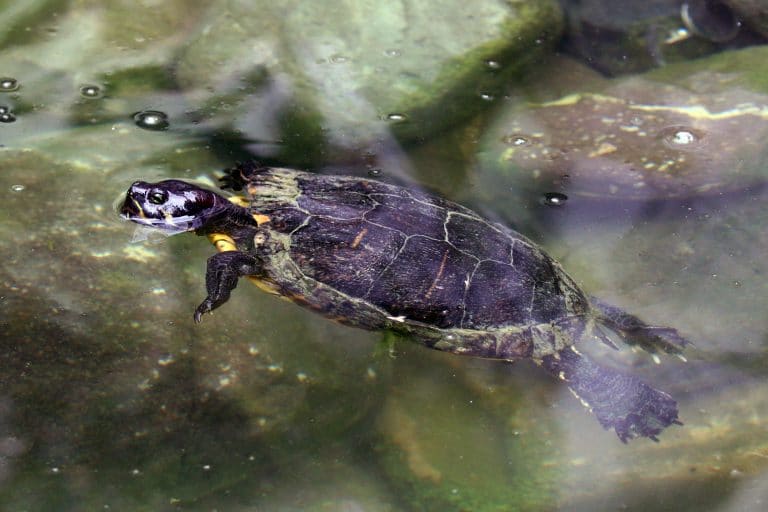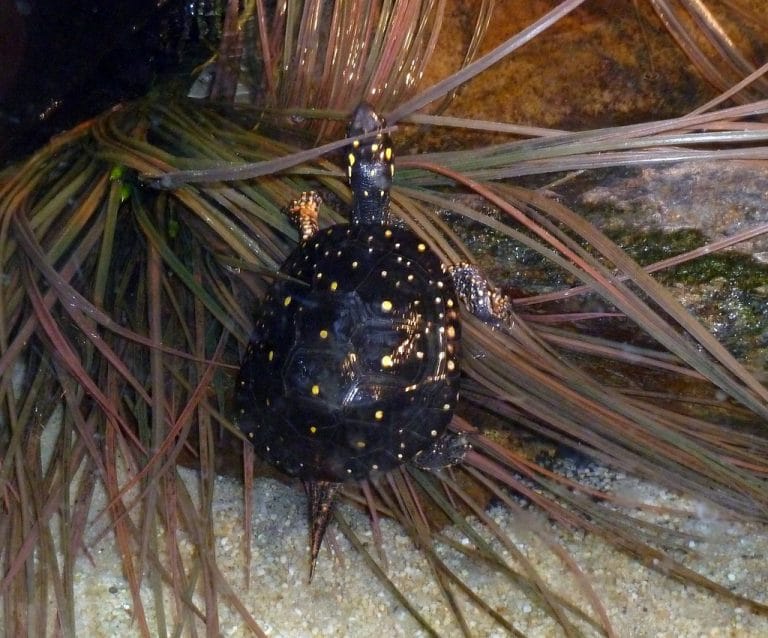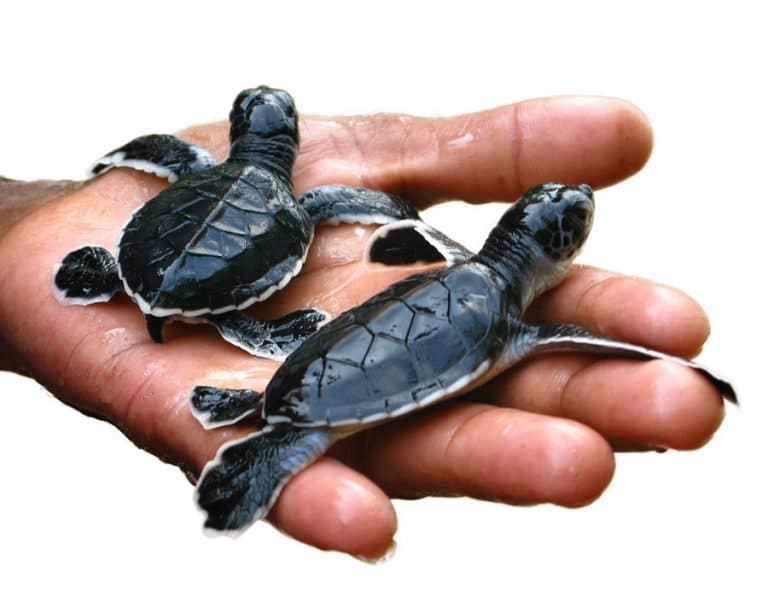Water Turtles or Aquatic Turtles
Scientific Classification
| Kingdom: | Animalia |
| Phylum: | Chordata |
| Subphylum: | Vertebrata |
| Class: | Reptilia |
| Order: | Testudines |
| Family: | Emydidae |
| Subfamily: | Deirochelyinae |
| Genus: | Graptemys |
| Species: | G. geographica |
| Binomial name: | Graptemys geographica |
Turtles, in their entirety, belong to the Chelonian group (American English) and refer to the freshwater and sea-dwelling chelonian (British English).
Turtles fall under the group” amniotes”, along with mammals and other reptiles (including birds). Similar to other amniotes, turtles never lay eggs under water and they breathe air. Some amniotes live in or on the premises of water.
Florida is one of the US states that has taken on the conservation of freshwater turtles or aquatic turtles as a major exercise. With the turtle’s popularity on the rise, and to protect them from the risk of suffering from the human craving for harvesting in excess, the commission passed strict rules for the proper protection of the different types of turtles and implemented a long-term turtle conservation strategy. The law prohibited taking turtles from the wild for sale.
Water Turtles as Pets
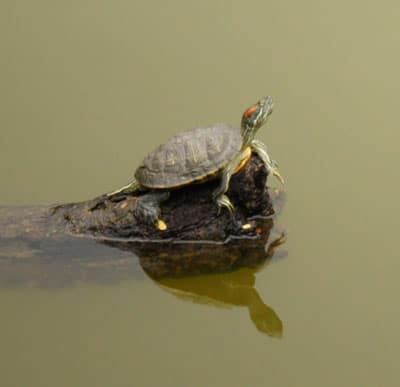
Water/aquatic turtles make better pets than dogs and cats. Prior to making a choice of a pet, gather for yourself a basic knowledge of the pet.
Turtles are charming pets, but as they are sensitive, it is imperative to have good advance knowledge of nurturing them before you could own one. As for its survival, food, moisture, light and space are crucial. The life of your water turtle or aquatic turtle depends on the knowledge you have on these aspects.
The Turtle Tank
- The essential size of the tank for a water turtle is a 40 gallons with water in three-fourths of the tank. The depth of the water is the width of the turtle. Leave a small space for it to lie under a heat source for getting warm.
- Turtles do grow. Ensure that you provide sufficient space for the turtle when they grow into an adult.
- Bricks or wooden boards enable you to provide a vast land space and facilitate easy cleaning, but you should provide a slope into the water area for easy access to the turtles
- Do not use materials like bark and wood chips since there are chances for mold and fungus to form and your turtles can fall ill if they ingest they swallow them.
- Sheltering these turtles is a good thought. Either construct one of your own with stones or search for an appropriate sized one at your nearby pet stores.
- In case you decide to have plants in the tank, investigate on it to ensure that they are well-suited and that your turtles will not develop sickness by consuming a few of the plant’s leaves. Natural plants are good enough, but the turtles eat them up within days; if you do not have a pond for growing your plants, you better use artificial ones (or an equal combination of artificial and real) for decoration.
- Never use tap water in your tank, they contain possible fluoride and chlorine, that can upset the delicate pH balances of your system. Use filtered drinking water for your turtle ,and for their swimming area, de-chlorinated water is best.
- In every gallon of water, add a teaspoon of salt; this will decrease the level of “bad” bacteria and give better protection for the turtles from skin and shell diseases.
- Turtles may carry Salmonella. Therefore, after handling your turtles, wash your hands. Install a water filtration system in your tank. Remove the waste regularly,and maintain fresh water in the tank.
Heat and the Temperature
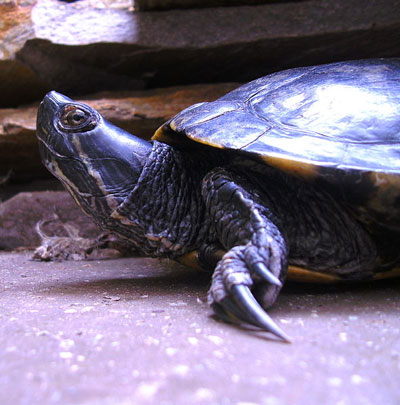
- Sunlight is essential for turtles for an estimated 12 – 14 hours of during the day for vitamin D3. Buy a good quality UV lamp and fit it with an automatic timer. Most favorable range of temperature is between 71 – 86°F.
- Water turtles or aquatic turtles take a long period to accustom to change in temperature. So, if at all you take them out of their tank to play with them, ensure that the temperature of the room is similar to that of their tank. Abrupt variations harm their immunity and stress them.
Feeding Your Turtle
- You need to feed your pet turtle twice or thrice a week and keep a diet care sheet. Since their food needs depend on the species, make a careful study.
- Reduce your waste by feeding your pet out of the tank. Most of the turtles purge after they eat, thus less waste accumulates in your tank if you feed them in their feeding tank and leave them there for some time for them to purge.. You can also keep wastes down by not overfeeding them.
Get correct fundamentals regarding your turtles, since they tend to live for a pretty long time, and you get a chance for an extended relationship with your pet.

Having discovered a fondness for insects while pursuing her degree in Biology, Randi Jones was quite bugged to know that people usually dismissed these little creatures as “creepy-crawlies”.

